The world of tropical fruits is as diverse as it is fascinating. Among the lesser-known but nutritionally rich fruits is the Mangaba (Hancornia speciosa), a native fruit of South America cherished for its delicate flavor, cultural value, and nutritional benefits. Often overshadowed by popular tropical counterparts like mangoes and papayas, Mangaba holds a vital place in traditional diets and ecosystems, particularly in Brazil.
This article delves into Mangaba’s origin, its economic and agricultural significance, global production statistics, and — most importantly — identifies which country leads the world in Mangaba production. If you’re curious about where this exotic fruit thrives most abundantly and why it remains integral to specific regions, read on.
Understanding Mangaba: A Tropical Treasure
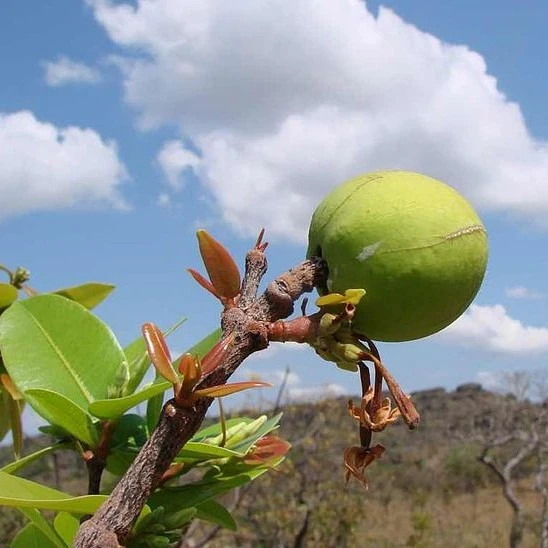
Mangaba, pronounced as mang-ah-bah, comes from the Tupi-Guarani term “mangaba”, meaning “good fruit for eating.” It grows on a small tree native to Brazil’s Cerrado, Caatinga, and coastal ecosystems, but also appears in parts of Bolivia, Peru, and Paraguay. The fruit resembles a small apple with a thin, reddish-yellow skin and a creamy, aromatic pulp. Its taste is sweet-tart, and it is typically consumed fresh, in juices, ice creams, jams, and liqueurs.
Mangaba is nutritionally rich — a source of vitamin C, calcium, iron, and antioxidants, making it both a culinary delight and a medicinal remedy in traditional South American practices.
Mangaba’s Ecological and Cultural Importance
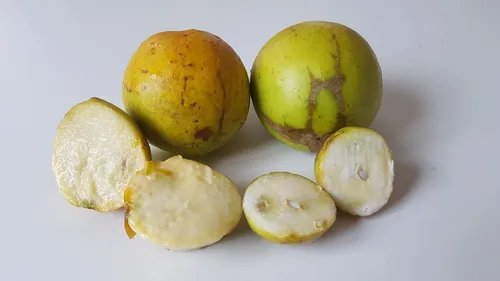
Beyond its nutritional benefits, Mangaba plays a significant ecological role. Its trees support biodiversity in the Brazilian Cerrado and other tropical dry forests. The plant is drought-resistant and valuable for reforestation projects due to its adaptability.
Culturally, Mangaba holds deep roots among traditional communities, especially in Northeastern Brazil. The mangabeiras — women traditionally involved in Mangaba collection — symbolize rural livelihoods and indigenous knowledge systems. Festivals and folklore surrounding Mangaba reinforce its cultural importance.
Global Production Overview of Mangaba
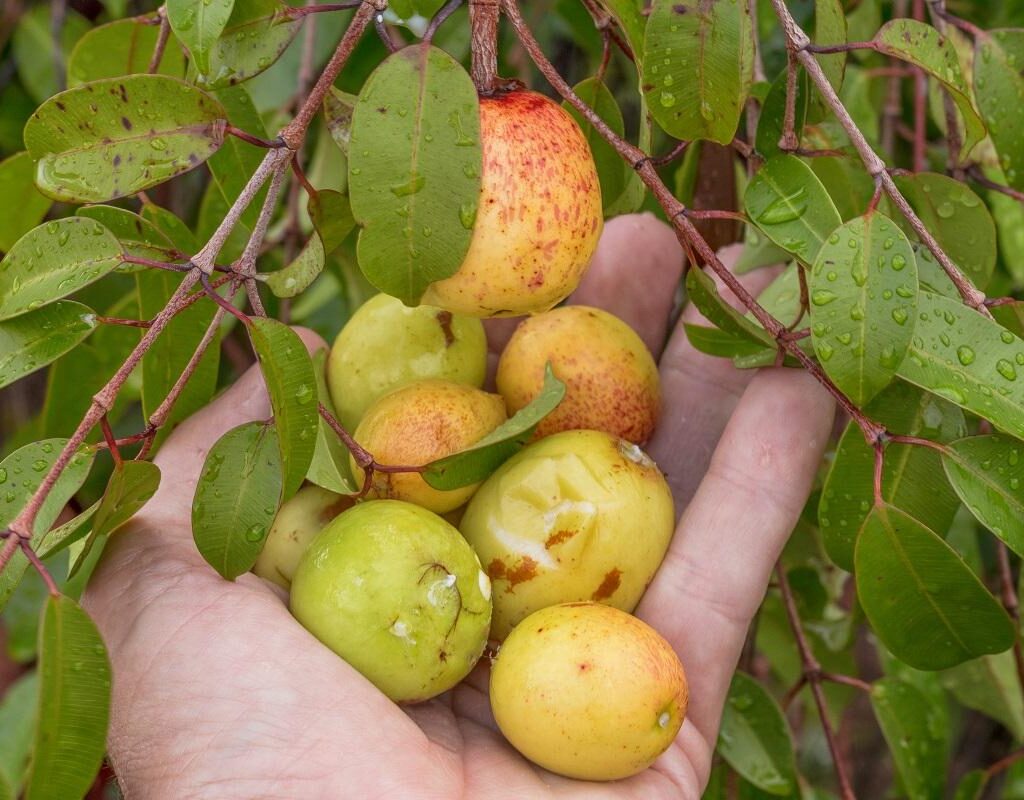
Unlike globally commercialized fruits, Mangaba cultivation remains largely regional, with limited international distribution. Most Mangaba is harvested from wild or semi-domesticated trees rather than extensive orchards. Despite its potential, cultivation faces challenges like deforestation, urban sprawl, and limited commercial infrastructure.
According to recent data from Brazil’s Instituto Brasileiro de Geografia e Estatística (IBGE) and reports by the Food and Agriculture Organization (FAO), production remains heavily concentrated in Brazil, with sporadic growth in neighboring South American countries.
Which Country Leads in Mangaba Production?
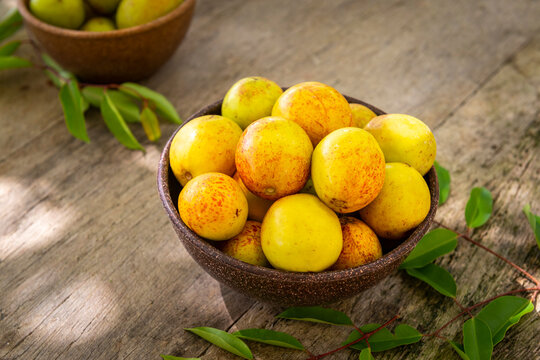
Brazil is, by far, the largest Mangaba producer globally.
The country’s diverse biomes — ranging from the semi-arid Caatinga to the lush Atlantic Forest — provide ideal growing conditions for Mangaba trees. Its Northeastern states, notably Sergipe, Bahia, Alagoas, and Pernambuco, dominate national production.
Production Data Highlights:
- Brazil contributes over 95% of global Mangaba production.
- The annual production ranges between 5,000 to 7,000 metric tons, primarily from wild and semi-cultivated sources.
- The state of Sergipe is known as Brazil’s Mangaba capital, responsible for approximately 60-70% of national production.
While Bolivia, Peru, and Paraguay also report minimal Mangaba growth, their output is negligible in comparison, serving only local markets without measurable commercial scale.
Why Is Brazil the Largest Mangaba Producer?
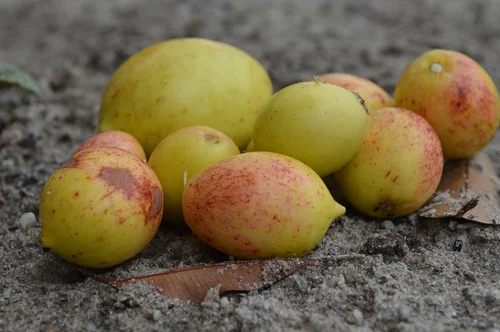
Several interrelated factors explain Brazil’s dominance in Mangaba production:
- Favorable Climate and Ecosystems:
Brazil’s tropical and semi-arid regions offer ideal growing conditions for Mangaba trees, which prefer sandy, well-drained soils and withstand periodic droughts. - Biodiversity and Native Range:
Mangaba is endemic to Brazil’s Cerrado, Caatinga, and Atlantic Forest biomes. Its natural distribution ensures widespread availability in the wild. - Cultural Integration:
Unlike other countries, Mangaba is deeply woven into Brazilian culinary traditions, used in sweets, desserts, beverages, and medicinal applications. This consistent domestic demand incentivizes harvesting and local market distribution. - Traditional Knowledge Systems:
The preservation of mangabeira culture, particularly among rural women in Northeastern Brazil, has sustained Mangaba’s prominence. Community-based harvesting practices protect trees and habitats while ensuring sustainable yields. - Emerging Commercial Interest:
Though limited, initiatives by agroforestry cooperatives and sustainable agriculture programs have begun promoting Mangaba for eco-tourism, specialty food markets, and pharmaceutical uses within Brazil.
Challenges Facing Mangaba Production
Despite its ecological and cultural significance, Mangaba production faces multiple challenges:
- Deforestation and Habitat Loss:
Expanding agriculture and urbanization threaten native Mangaba habitats, particularly in the Cerrado, one of the world’s most endangered ecosystems. - Limited Commercial Farming:
Most Mangaba is wild-harvested, making supply inconsistent and vulnerable to environmental changes. - Lack of Market Infrastructure:
Inconsistent post-harvest handling, limited refrigeration, and narrow distribution channels restrict Mangaba’s commercialization beyond regional markets. - Threat to Traditional Knowledge:
Modernization and socio-economic pressures risk eroding traditional mangabeira harvesting culture, reducing rural women’s participation in the trade.
Future Prospects for Mangaba Production
Recognizing these challenges, Brazil’s agricultural and environmental sectors are taking gradual steps to support Mangaba production:
- Agroforestry Initiatives:
Programs promoting Mangaba cultivation within agroforestry systems aim to balance environmental conservation with rural livelihoods. - Eco-Tourism and Specialty Markets:
Mangaba is increasingly featured in gourmet culinary circles, natural health products, and eco-tourism experiences in Brazil’s Northeast. - Scientific Research:
Studies on Mangaba’s phytochemical properties, nutritional benefits, and drought resistance may open avenues for pharmaceutical applications and climate-resilient farming.
If properly managed, these initiatives could help Mangaba transition from a wild-harvested regional fruit to a sustainably farmed, niche agricultural product with expanded market potential.
Conclusion
In the global landscape of tropical fruit production, Brazil stands unmatched as the largest Mangaba producer. Its unique combination of biodiversity, climate, cultural heritage, and traditional knowledge systems ensures Mangaba’s continued importance within regional foodways and rural economies.
Though challenges like habitat loss and limited commercial infrastructure persist, the fruit’s nutritional, ecological, and cultural value positions it as a promising candidate for sustainable agroforestry and eco-tourism initiatives. As interest in exotic, health-boosting fruits grows worldwide, Mangaba may one day earn a broader audience — but for now, it remains a cherished Brazilian treasure.



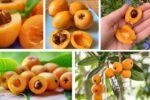
Leave A Comment